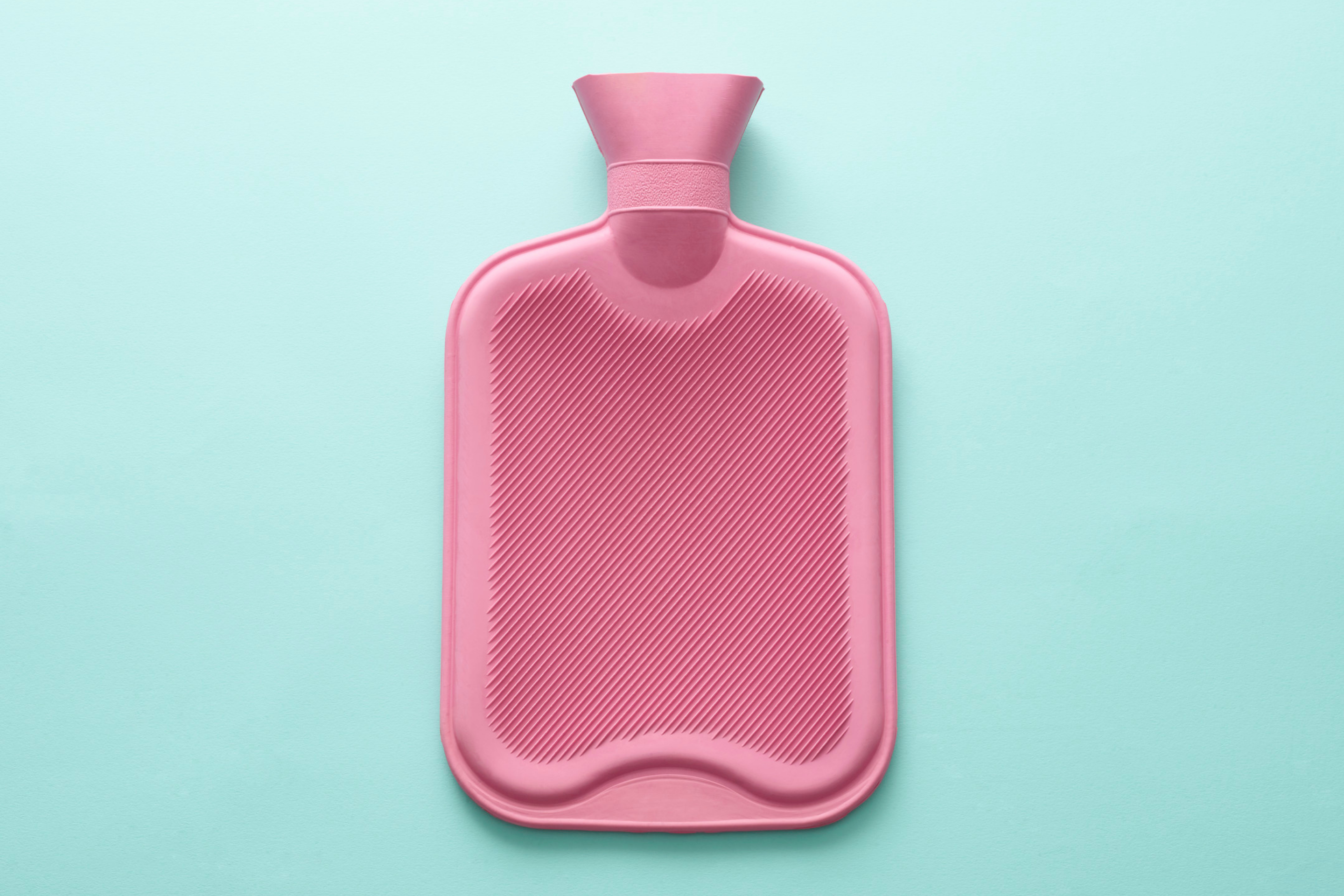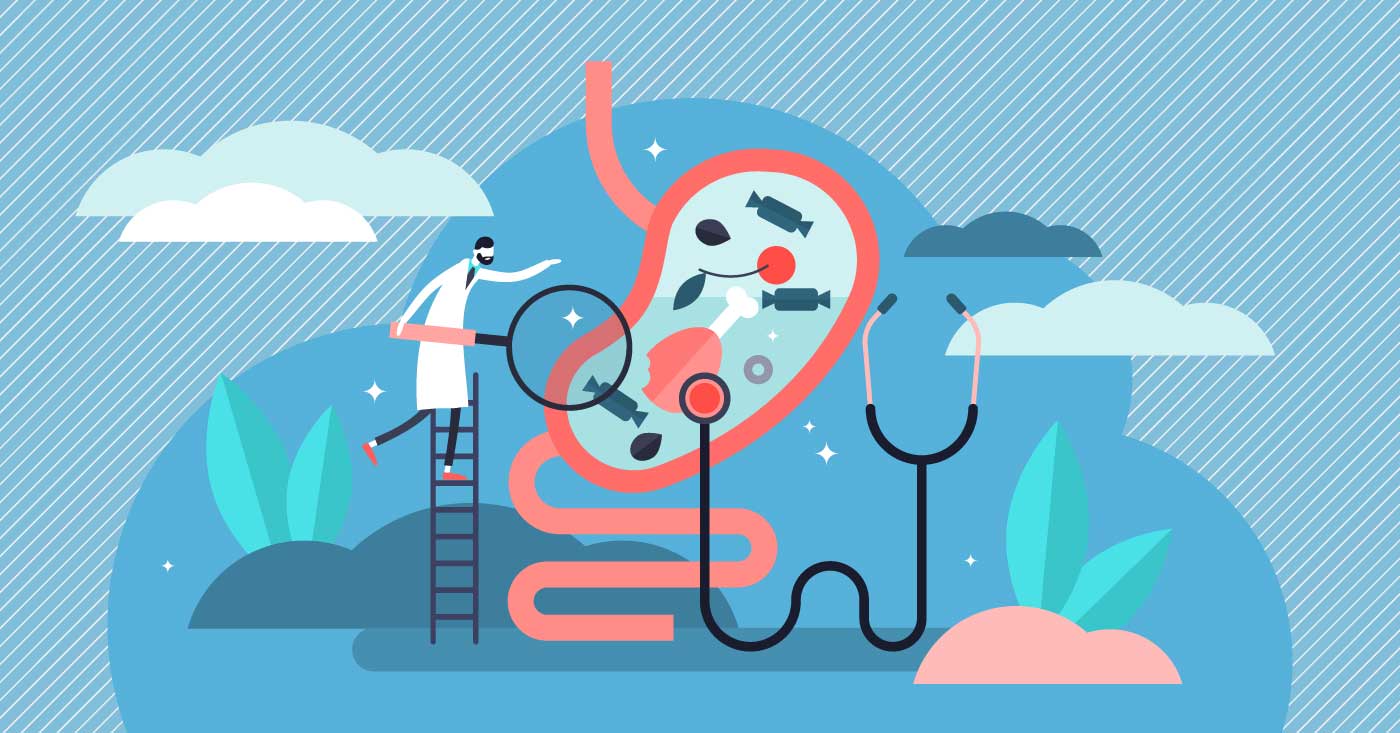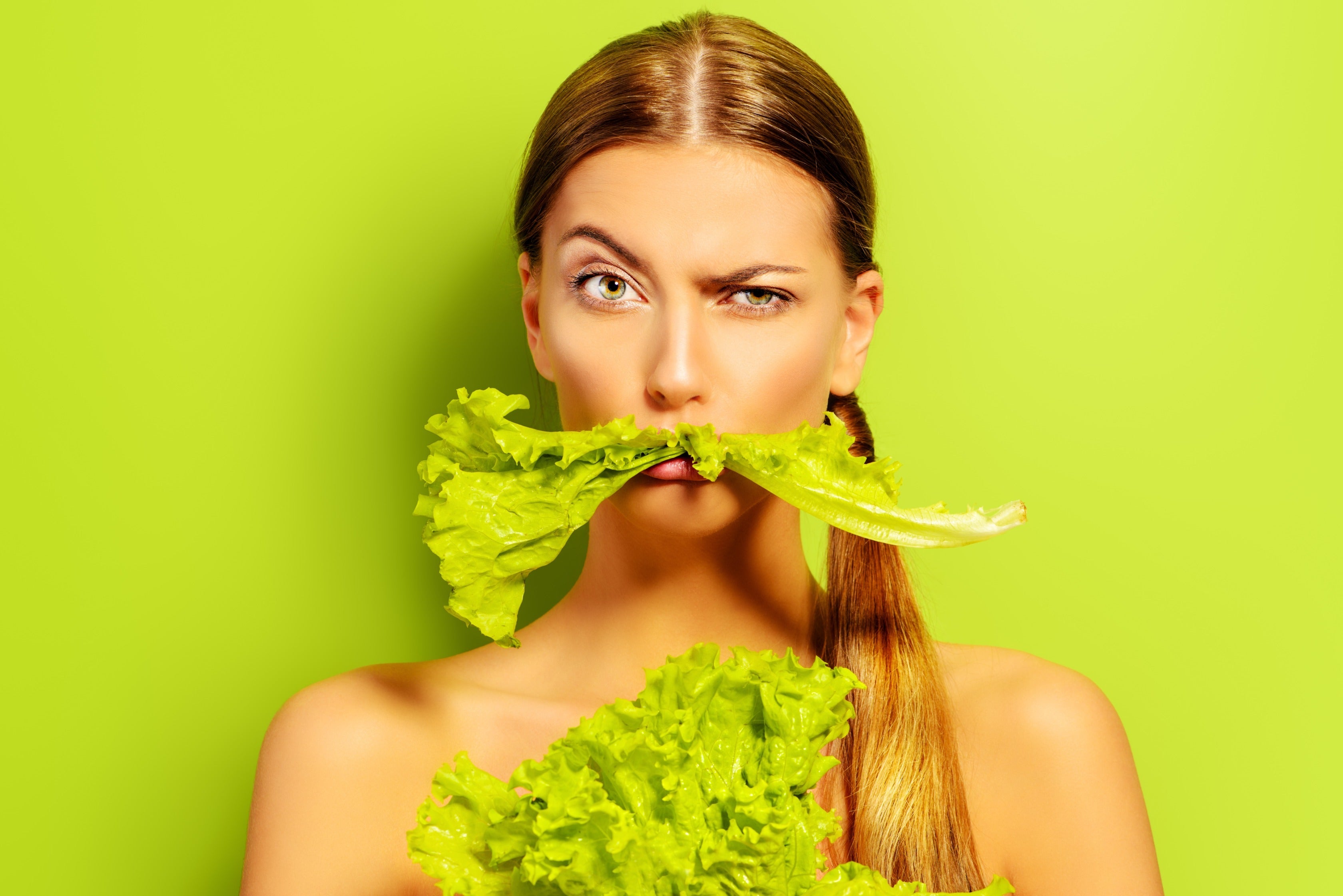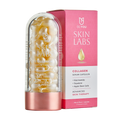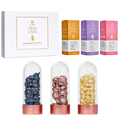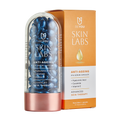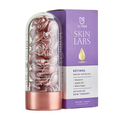An Endo Health Coach’s Favourite Natural Pain Relievers for Endometriosis
Mar. 09, 2020 jessica duffin
Endometriosis Awareness Month sees us welcome a new Guest Author, women's health coach and founder of This EndoLife podcast and blog, Jessica Duffin. Jessica specialises in Endometriosis, and has joined us for a series of posts about her experiences and managing symptoms naturally.
If you’re anything like I was when I was first hit with the overwhelming pain of endometriosis, you may find yourself eating through a packet of painkillers every period. If that’s the case – you’re not alone.
Many endometriosis patients come to me with the same problem; they have underlying pain most of the month, and by their period, it’s so bad they have to dose up on pain relief and usually have to miss work too. They feel like the cycle isn’t sustainable and are often worried about any the impact of long-term medication use.
Many of them want to make some changes to help manage their endometriosis, but also need some pain relievers as we work to reduce their symptoms over time. Whilst this article isn’t advocating against medication – it can be necessary and essential for many - the following natural options can be wonderful additions or could even help you lessen your dosage of medication, if you so wish.
BeYou Patches
Of course – this article wouldn’t be right without my trusty BeYou patches. I rarely get a terribly painful period anymore, but I always wear these on Day 1 to keep any cramps at bay, and often if I do have any twinges, they go away once I have my patch on. On the occasions where something has triggered a flare, they’re one of my key tools for calming down any intense cramping.
Curcumin Supplements
Curcumin is the active compound found in turmeric. It is an anti-inflammatory powerhouse and has also been shown to have some incredibly promising effects on endometriosis in studies.
Not only has it been found to reduce inflammation, but in mice studies, curcumin actually inhibited the spread of endometriosis and accelerated a natural process in the body called apoptosis, which is essentially cell death1. Endo cell death – who wouldn’t that?
Additionally, whilst a recent study found that not all endometriosis cells are responsive to oestrogen[2], there is a large body of evidence showing that many endometriosis lesions are and that oestrogen encourages growth in these patches[3]. Which is why I bring up this next study. In 2013 researchers found that endometrial cells in endo actually had higher levels of oestrogen than those found in the uterus and that curcumin lowered these levels, and as a result was able to repress endometriosis growth[4] .
Pretty fascinating stuff, huh?
That’s not where the benefits of curcumin end either. If you want to really geek out, I recommend heading over to Semaine. They’re a new supplement company founded by twin sisters Kat and Lauren, who also have endometriosis. They pack their supplements with curcumin as well as some other incredible ingredients that have been found to help counter the effects of endometriosis and painful periods, and they dive into the science of each ingredient too.
Magnesium
Magnesium is a muscle relaxant, and so when sprayed on the abdomen or used in baths, it can calm down our cramping and alleviate some of the pain we’re experiencing during our period.
It has also been shown in studies to reduce period pain in participants with dysmenorrhea by decreasing the number of prostaglandins released during menstruation[5]. Prostaglandins are substances in the body that are used in various functions, including causing the contractions that result in the uterus lining shedding during menstruation (tip – they also cause period diarrhoea!)[6].
The spray and salts are tools you can use in the moment for period pain, whilst supplementing with magnesium (or eating more magnesium rich foods) tends to have more accumulative effects.
Omega-3 Fats
You’ve probably heard the news that omega-3 fats are good for your health, but did you know they’re good for your periods too? Omega-3 fats are anti-inflammatory[7] – they play a role in the production of anti-inflammatory hormone-like substances called prostaglandins[8].
Now, I mentioned earlier that prostaglandins can cause period pain by inducing contractions. So how can they help reduce it? Well, there are anti-inflammatory type prostaglandins and inflammatory type prostaglandins8. And when it comes to painful periods, we want more of the anti-inflammatory type – it’s the inflammatory ones that cause the contractions, and when we have too many of them, that’s when periods can get really painful!
Additionally, Omega-3 fats make less prostaglandins than omega-6 fatty acids and can actually block the production of the inflammatory ones[8].
As if that didn’t make them swoon-worthy enough (yes, I said swoon-worthy over fatty acids), omega-3 fats have also been found to alleviate dysmenorrhea (a.k.a very painful periods) in several studies[9].
So, whilst technically they may not be in the moment pain-relievers, I couldn’t leave these out! They’re an integral part of my approach to managing endometriosis pain.
Ginger
Two reasons why I love ginger. Firstly, I always played Geri, and secondly, ginger is a big time player in reducing period pain.
Two standout studies on ginger powder showed that ginger significantly reduced period pain and period related nausea[10] (which I know many us with endo get) and was even shown to be just as effective as ibuprofen and mefenamic acid for relieving pain caused by dysmenorrhea[11].
In the first study, participants took 500mg of ginger powder three times a day for days 1-3 of their cycles, and in the second, they took 250mg four times a day, across the same time frame. That’s about 1-1.5grams of ginger. You could enjoy it in lattes, teas and use it in cooking, or you might find it easier to take a supplement.
Your Go-To Tool Kit
Other useful tools for endometriosis pain include heat, TENS units, castor oil packs, and yoga for period pain.
What do you use to help manage your endometriosis symptoms? Comment below and let me know!
If you’d like to learn more about managing and reducing your endometriosis symptoms, or would like support with making changes to do so, you can book in a free consultation call with Jessica to discuss your symptoms and challenges, and find out how her one-on-one endometriosis health coaching programme could help you. Jessica is currently offering £300 off her regular programme price in honour of Endometriosis Awareness Month, as well as single two-hour one off sessions throughout March. Head to her site to book in.
Always consult with a doctor or a health professional when introducing supplements or making changes to your endometriosis management.
-
Jana, S., Paul, S., & Swarnakar, S. (2012). Curcumin as anti-endometriotic agent: Implication of MMP-3 and intrinsic apoptotic pathway. Biochemical Pharmacology, 83(6), 797–804. doi: 10.1016/j.bcp.2011.12.030
-
Brichant, G., Nervo, P., Albert, A., Munaut, C., Foidart, J.-M., & Nisolle, M. (2018). Heterogeneity of estrogen receptor α and progesterone receptor distribution in lesions of deep infiltrating endometriosis of untreated women or during exposure to various hormonal treatments. Gynecological Endocrinology, 34(8), 651–655. doi: 10.1080/09513590.2018.1433160
-
Dyson, M. T., & Bulun, S. E. (2012). Cutting SRC-1 down to size in endometriosis. Nature medicine, 18(7), 1016–1018. https://doi.org/10.1038/nm.2855
-
Zhang, Y., Cao, H., Yu, Z., Peng, H. Y., & Zhang, C. J. (2013). Curcumin inhibits endometriosis endometrial cells by reducing estradiol production. Iranian journal of reproductive medicine, 11(5), 415–422.
-
Seifert, B., Wagler, P., Dartsch, S., Schmidt, U., & Nieder, J. (1989). Magnesium--a new therapeutic alternative in primary dysmenorrhea. Zentralbl Gynakol., 111(11), 755–760.
-
Jensen, D. V., Andersen, K. B., & Wagner, G. (1987). Prostaglandins in the menstrual cycle of women. A review. Dan Med Bull., 34(3), 178–182.
-
Maroon, J. C., & Bost, J. W. (2006). ω-3 Fatty acids (fish oil) as an anti-inflammatory: an alternative to nonsteroidal anti-inflammatory drugs for discogenic pain. Surgical Neurology, 65(4), 326–331. doi: 10.1016/j.surneu.2005.10.023
-
Federation of American Societies for Experimental Biology. (2006, April 4). Anti-inflammatory Effects Of Omega 3 Fatty Acid In Fish Oil Linked To Lowering Of Prostaglandin. ScienceDaily. Retrieved February 28, 2020 from www.sciencedaily.com/releases/2006/04/060404085719.htm
-
Rahbar, N., Asgharzadeh, N., & Ghorbani, R. (2012). Effect of omega-3 fatty acids on intensity of primary dysmenorrhea. International Journal of Gynecology & Obstetrics, 117(1), 45–47. doi: 10.1016/j.ijgo.2011.11.019
-
Jenabi, E. (2013). The effect of ginger for relieving of primary dysmenorrhoea. J Pak Med Assoc., 63(1), 8–10.
-
Ozgoli, G., Goli, M., & Moattar, F. (2009). Comparison of Effects of Ginger, Mefenamic Acid, and Ibuprofen on Pain in Women with Primary Dysmenorrhea. The Journal of Alternative and Complementary Medicine, 15(2), 129–132. doi: 10.1089/acm.2008.0311





